Menu
Math Lesson 1.1.4 - Roman Numerals
Please provide a rating, it takes seconds and helps us to keep this resource free for all to use
Welcome to our Math lesson on Roman Numerals, this is the fourth lesson of our suite of math lessons covering the topic of Numbering Systems, a Historical View, you can find links to the other lessons within this tutorial and access additional Math learning resources below this lesson.
Roman Numerals
All the above numbering system were explained purely for wider understanding and of course historical reasons. Unlike the Egyptian, Babylonian and Mayan numbering systems, the Roman Numbering System is still used today, though it is mainly used for to represent items put in order, such as paragraphs of a text or numbers on a clock as roman numerals are considered aesthetically pleasing (they look nicer than standard numbers). In addition, they are used to represent centuries. Did you know that most films have Roman numerals in the end credits? These Roman Numerals in film credits are used to represent the year the film was released, you can also find these at the end of certain television programmes. Lets take a look at what those Roman Numerals represent.
Romans used the following symbols to write numbers:
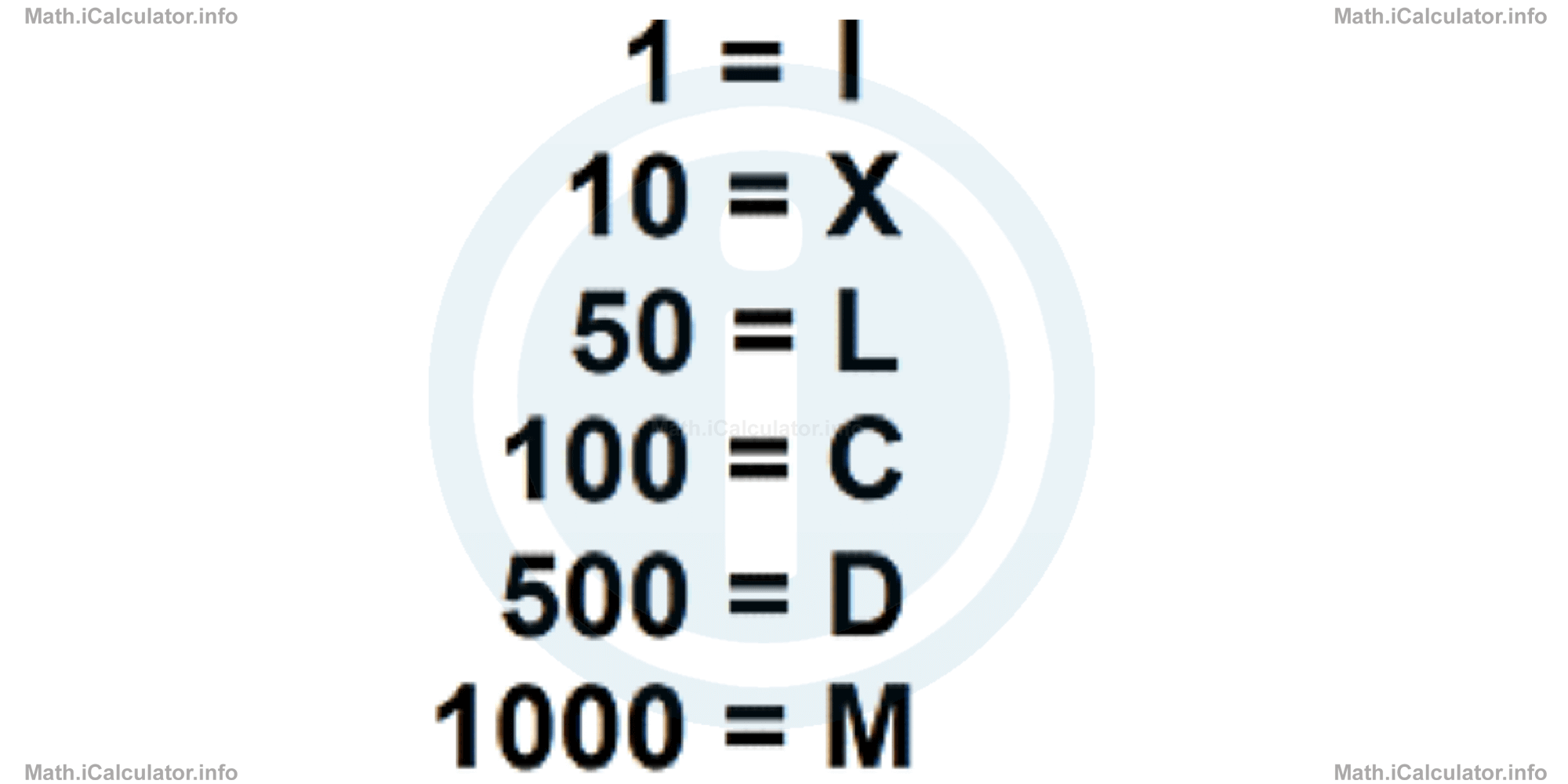
Roman Numerals are then used for quantifying mounts by following these simple rules: There can be up to three identical symbols in a row in Roman numbers. For example:
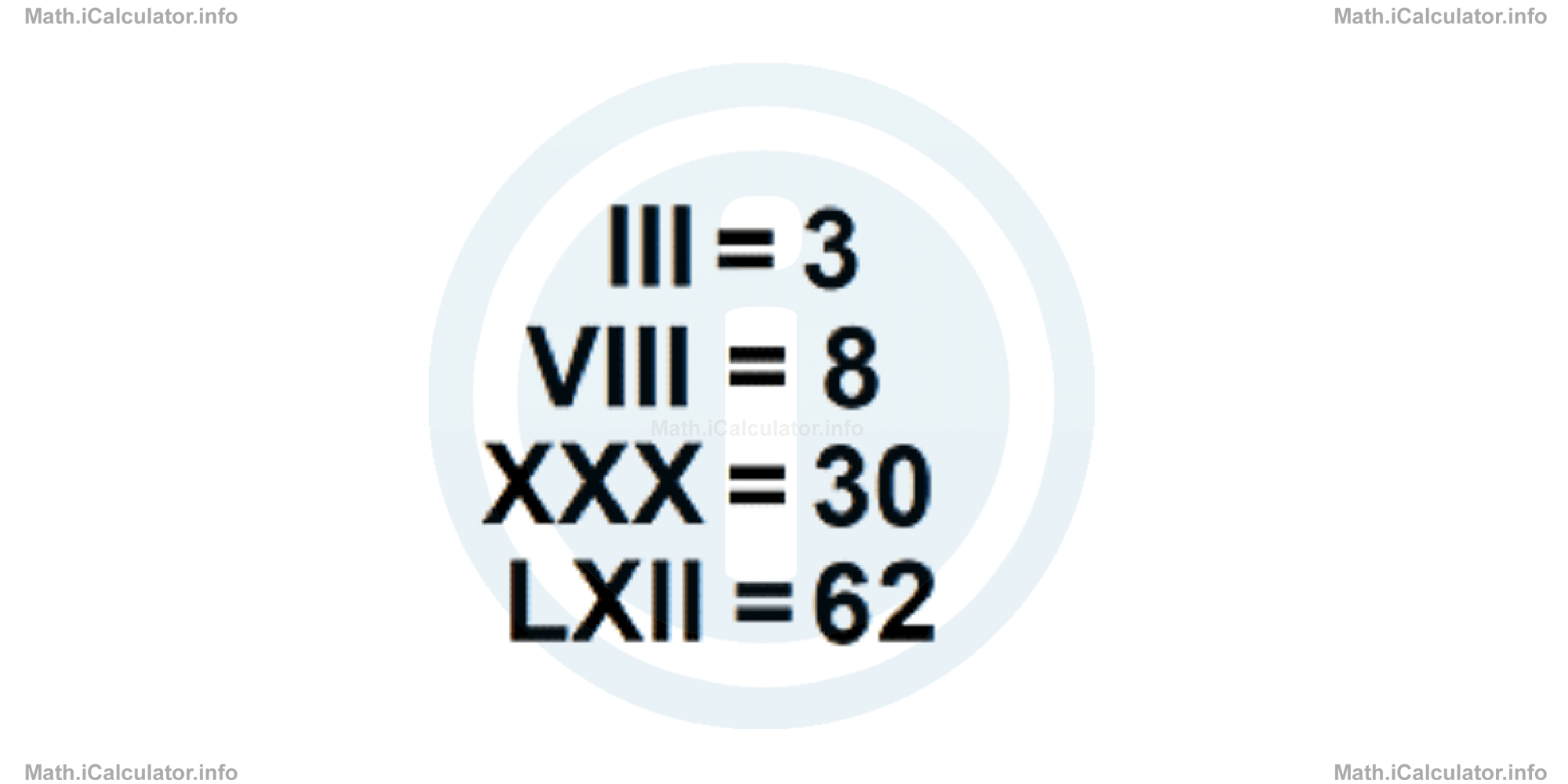
When it comes to the fourth consecutive symbol, another notation is instead used. The given symbol is written only once but it is placed before the successive symbol. For example,
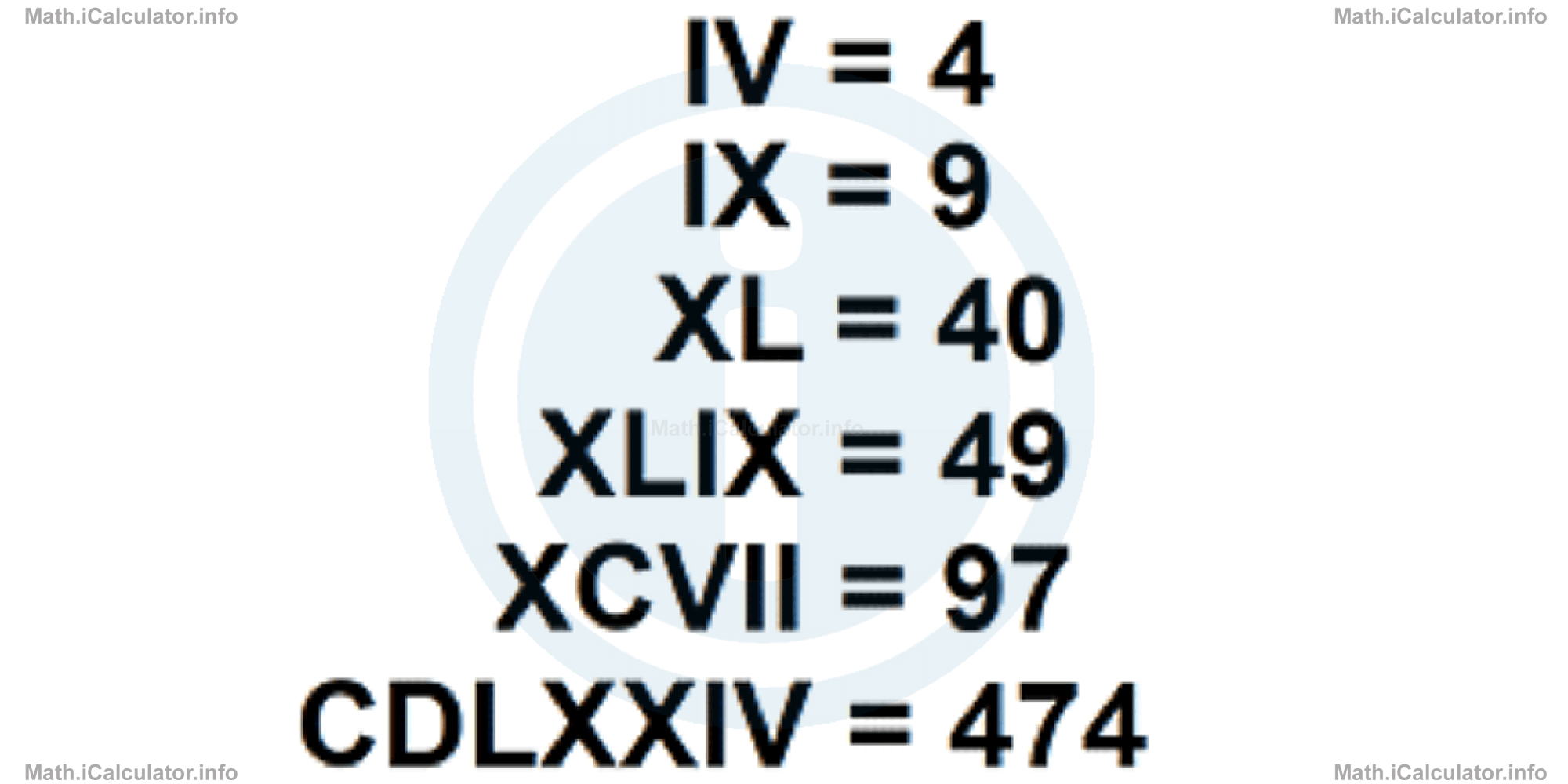
You must not write two non-successive symbols close to each other. Only V (5), L (50) and D (500) make exception from this rule. Therefore, the number 99 is not written as IC but as XCIX instead. Likewise, 999 is not written as IM but as CMXCIX. This is because Roman numbers are grouped in placeholders of ones, tens, hundreds and thousands, exactly like the numbers we actually use. For example,
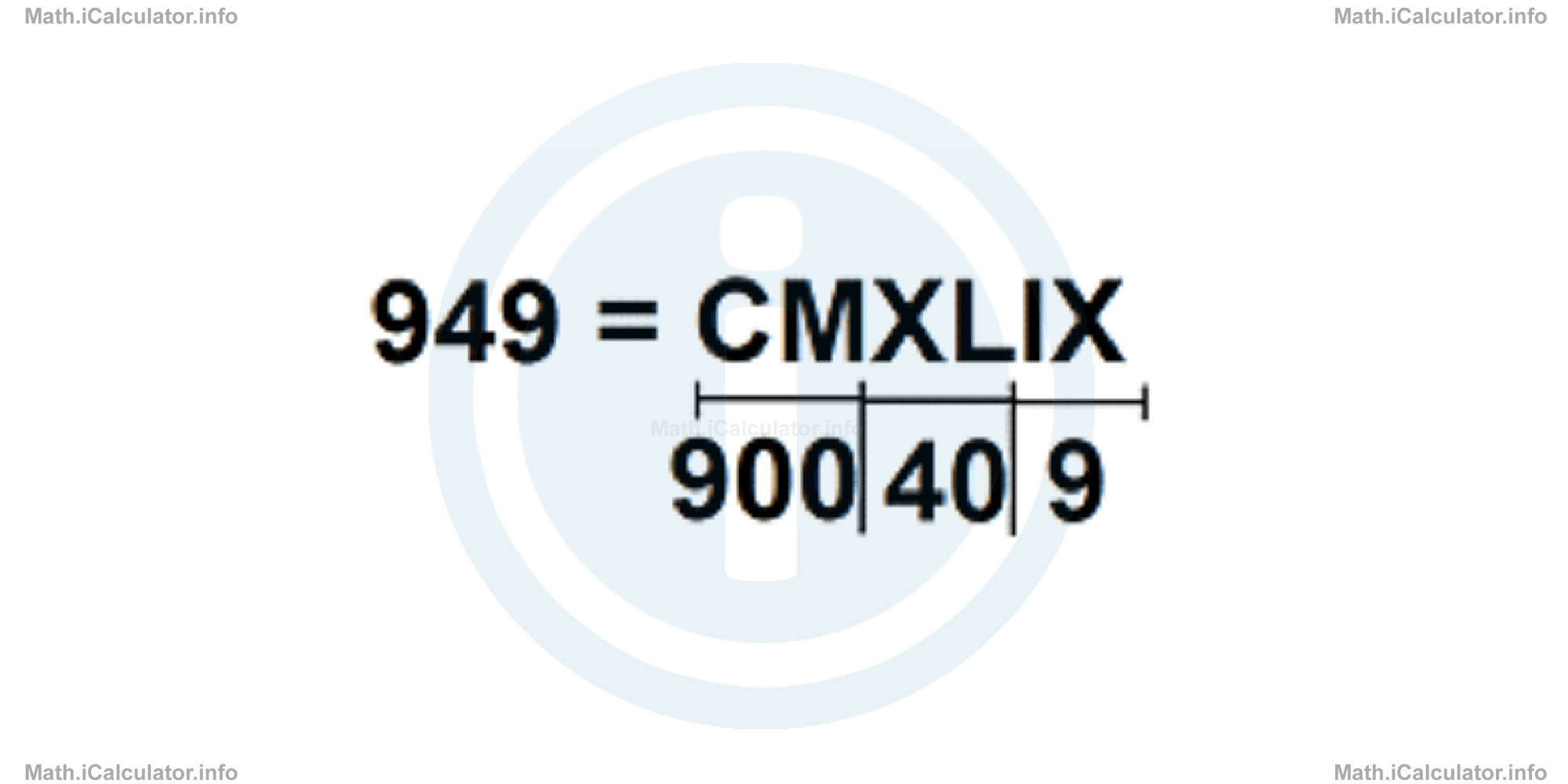
A horizontal line above any Roman symbol increases its value by 1000 times. For example, 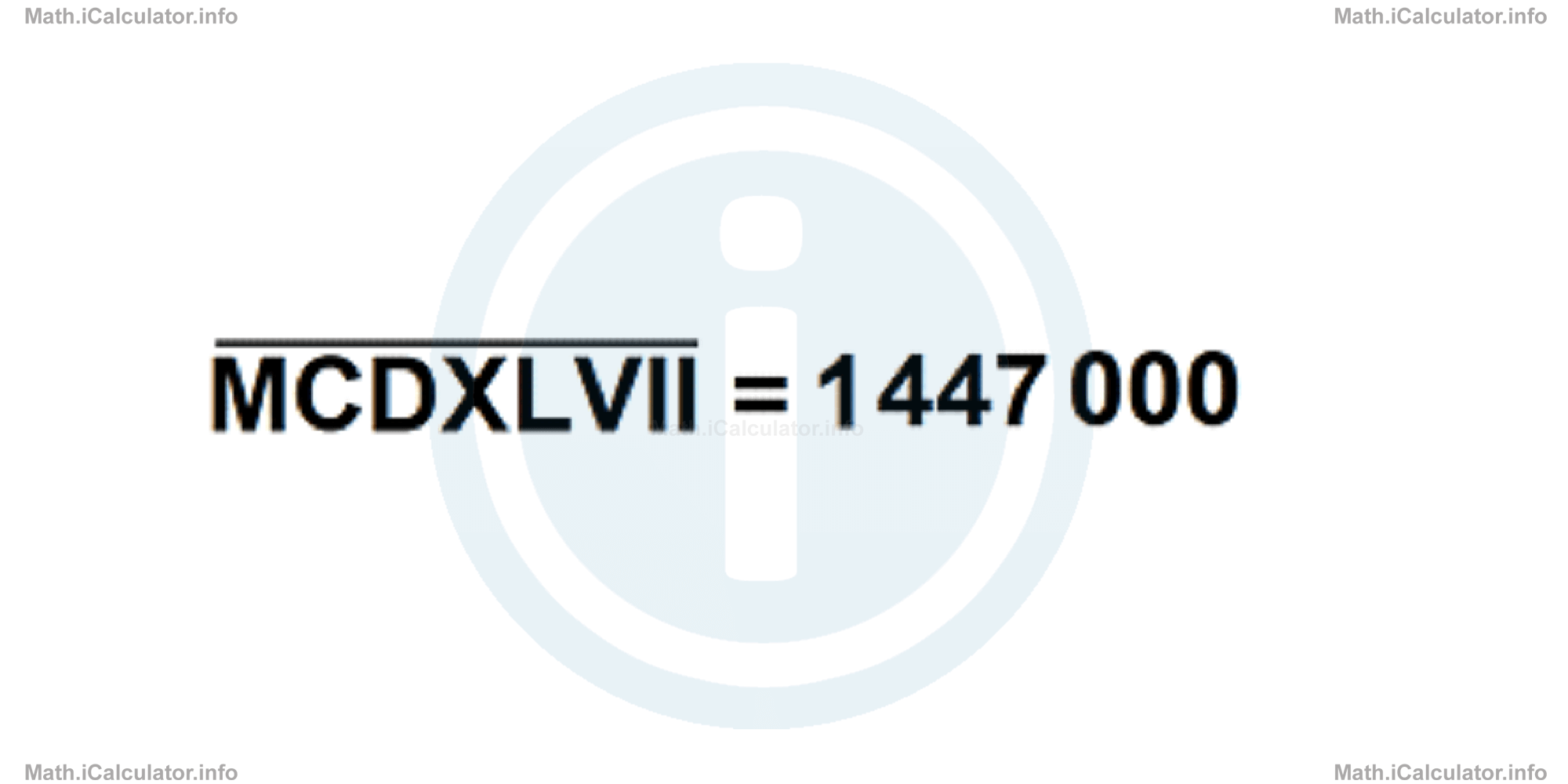
because
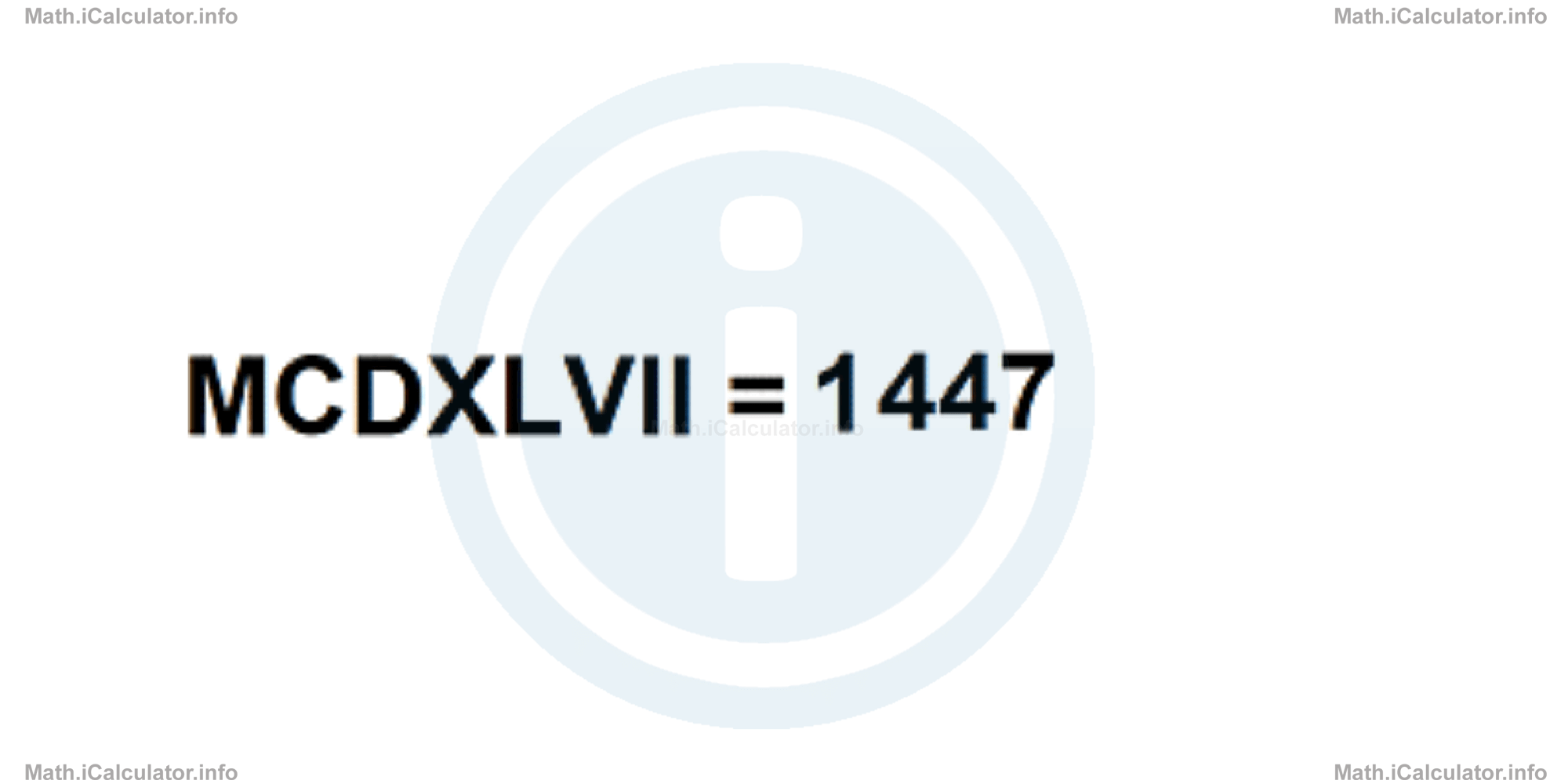
More Numbering Systems, a Historical View Lessons and Learning Resources
Whats next?
Enjoy the "Roman Numerals" math lesson? People who liked the "Numbering Systems, a Historical View lesson found the following resources useful:
- Roman Numerals Feedback. Helps other - Leave a rating for this roman numerals (see below)
- Arithmetic Math tutorial: Numbering Systems, a Historical View. Read the Numbering Systems, a Historical View math tutorial and build your math knowledge of Arithmetic
- Arithmetic Video tutorial: Numbering Systems, a Historical View. Watch or listen to the Numbering Systems, a Historical View video tutorial, a useful way to help you revise when travelling to and from school/college
- Arithmetic Revision Notes: Numbering Systems, a Historical View. Print the notes so you can revise the key points covered in the math tutorial for Numbering Systems, a Historical View
- Arithmetic Practice Questions: Numbering Systems, a Historical View. Test and improve your knowledge of Numbering Systems, a Historical View with example questins and answers
- Check your calculations for Arithmetic questions with our excellent Arithmetic calculators which contain full equations and calculations clearly displayed line by line. See the Arithmetic Calculators by iCalculator™ below.
- Continuing learning arithmetic - read our next math tutorial: Number Sets, Positive and Negative Numbers and Number Lines
Help others Learning Math just like you
Please provide a rating, it takes seconds and helps us to keep this resource free for all to use
We hope you found this Math tutorial "Numbering Systems, a Historical View" useful. If you did it would be great if you could spare the time to rate this math tutorial (simply click on the number of stars that match your assessment of this math learning aide) and/or share on social media, this helps us identify popular tutorials and calculators and expand our free learning resources to support our users around the world have free access to expand their knowledge of math and other disciplines.
Arithmetic Calculators by iCalculator™
- Arithmetic Expressions Calculator
- Decimal Hexadecimal Number Calculator
- Hexadecimal Decimal Number Calculator
- Hindu Arabic To Roman Numbers Converter
- Identifying Factors Number Calculator
- Least Common Multiple And Greatest Common Factor Calculator
- Prime Numbers Identifier
- Greatest Common Divisor Calculator
- Number Format Converter
- Math Powers
- Square Root Calculator
- Exponents Calculator
- Binary Calculator
- Binary To Decimal Calculator
- Common Factors
- Imperial Converter
- Imperial To Metric Converter
- Length Converter
- Metric Converter
- Metric Units Conversion Calculator
- Roman Numerals Converter
- Rounding Numbers Calculator
- Round To Nearest Multiple Calculator
- Sig Fig Calculator
- Unit Rate Calculator
- Weight Conversion Calculator